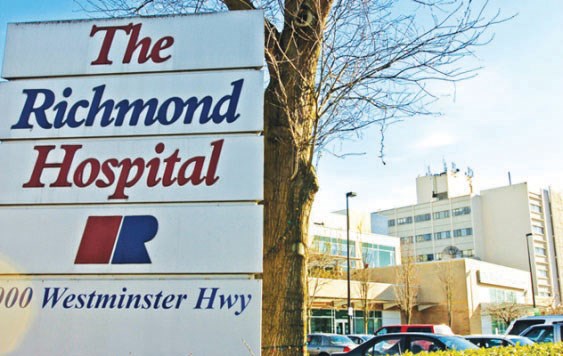There has been an interesting exchange in our letters section about Richmond Hospital’s emergency department — in particular, wait times.
In Wednesday’s paper we ran a letter from a man who said he spent five hours, in excruciating pain, waiting to be seen by a doctor after arriving to the hospital by ambulance. (The ambulance part he points out a few times.)
The letter triggered a number of responses on our website. (See page 4) A couple of paramedics were quick to point out that it’s irrelevant how one gets to the hospital, what matters is whether waiting will worsen one’s condition. Moreover, the perception that one will get seen sooner is problematic as it leads people to call for ambulances when they’re not necessary.
To be fair to our letter writer, he didn’t call for an ambulance simply to jump the queue; he did so because he was paralyzed with pain and unable to walk.
Still, it’s interesting to note that the perception is out there. I have to admit, I was also under that impression. In fact, I remember being told that by someone at the hospital when I marvelled that my son was already checked into an emergency bed by the time I met him there. (I work just blocks away.)
Of course, chances are, if you have arrived by ambulance, you’re in a condition that warrants you being seen sooner, but that’s because of your condition, not how you got there, such is the principle of triage. Still, I would agree, an educational reboot is in order if many of us are under a false notion.
But to the point of triage: Another commentator notes that, as horrible as it is to experience, pain doesn’t necessarily mean the condition is worsening. Hence, in a triage situation, pain, in itself, won’t be prioritized.
That makes sense, but I’d still say five hours of excruciating pain is a lot to ask of anyone.
This brings me to the notion of urgent care facilities. It’s a concept that has taken off in Ontario, and other places, but our provincial government seems resistant.
Urgent care clinics are staffed by emergency physicians who can treat broken bones, serious lacerations and excruciating back pain — conditions that are urgent but not life-threatening. They have all the imaging gizmos necessary and are funded by the province.
We can chide people for going to emergency unnecessarily and tell them that, in triage, pain isn’t a priority. But we also need to provide alternatives. Some may argue our over-stressed health care system doesn’t have the resources to establish such services. To that, I would say: 1) There are resources, it’s a question of priorities. 2) Investing in a more streamlined system will save us in the long run. 3) Letting people suffer unnecessarily, for hours on end, is simply not OK.



